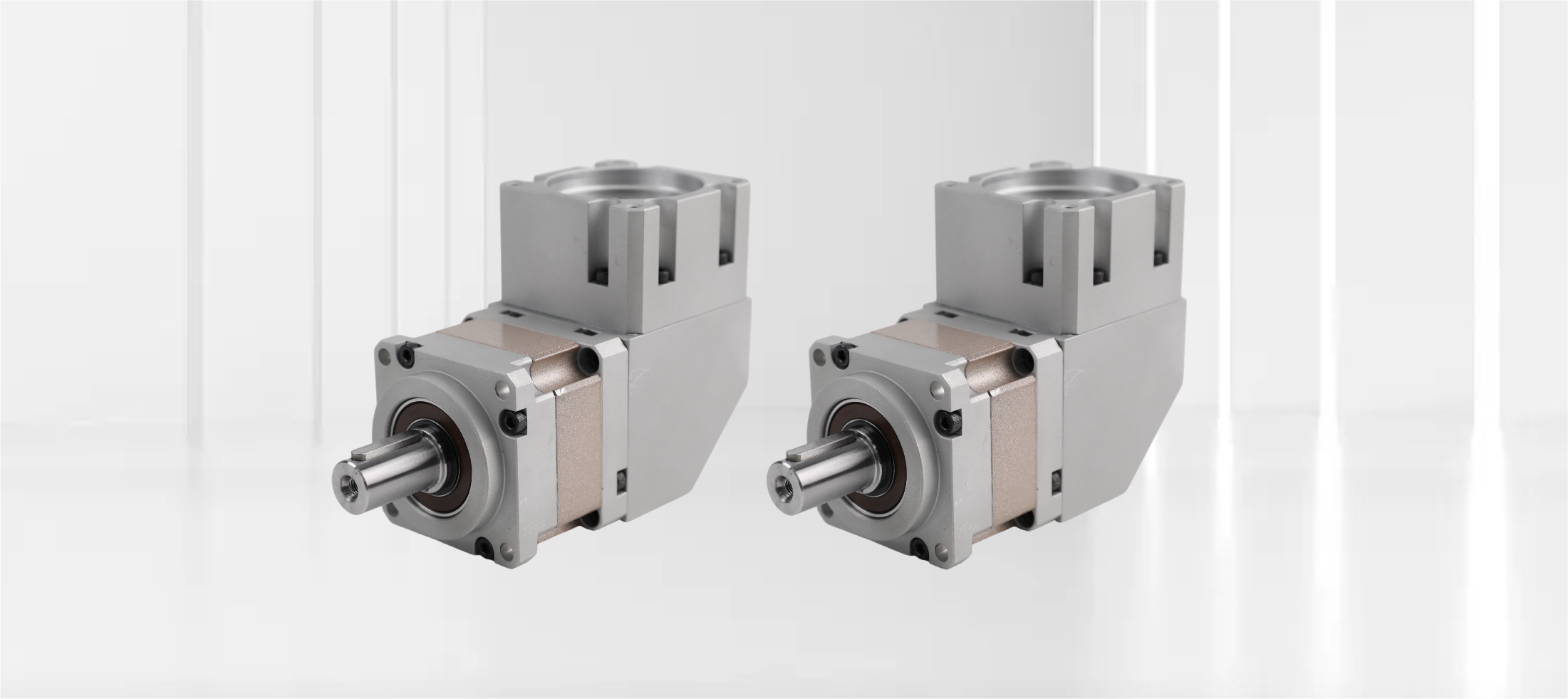In the realm of automation and robotics, gearboxes play a crucial role in enhancing the performance and efficiency of various systems. Among these, servo gearboxes, AGV 90-degree angle gearboxes, and planetary gearboxes are essential components that facilitate smooth motion control, precise positioning, and effective torque management.

What is a Gearbox?
A gearbox is a mechanical device that adjusts the output speed and torque of a motor. By reducing the speed while increasing torque, gearboxes enable motors to perform efficiently under various load conditions. This is particularly important in applications where precision and reliability are paramount, such as in Automated Guided Vehicles (AGVs) and Autonomous Mobile Robots (AMRs).
Types of Gearboxes and Their Uses
1. Servo Gearboxes
Servo gearboxes are specifically designed to work with servo motors, providing high precision and torque multiplication. They are widely used in applications requiring exact positioning and controlled motion, such as robotic arms and CNC machines.
2. AGV 90-Degree Gearboxes
These gearboxes allow AGVs to change direction seamlessly, making them ideal for tight spaces and complex layouts. The ability to navigate corners effectively enhances the maneuverability of AGVs in warehouses and production environments.
3. Planetary Gearboxes
Planetary gearboxes are known for their compact design and high efficiency. They consist of a central sun gear, planet gears, and a ring gear, allowing for significant torque transmission in a small footprint. These gearboxes are favored in both AGVs and AMRs for their ability to handle high loads while maintaining precision.
Applications in the AGV and Automation Industries
1. AGV/AMR Systems
In AGV/AMR, gearboxes are vital for:
- Torque Management: Gearboxes enable AGV/AMR to start and stop smoothly, manage inclines, and carry heavy loads without stalling.
- Space Efficiency: Compact gearboxes, like 90-degree and planetary gearboxes, allow AGV/AMR to operate in confined areas, improving their versatility.
- Enhanced Performance: The right gearbox can significantly improve an AGV's speed, efficiency, and overall operational lifespan.

2. Automation Applications
In broader automation settings, gearboxes serve several functions:
- Precision Control: Gearboxes ensure that automated systems can operate with high precision, which is essential in manufacturing, assembly lines, and robotic processes.
- Flexibility in Motion: Planetary gearboxes provide flexibility and adaptability in motion control, enabling automated systems to perform complex tasks with ease.
- Increased Reliability: By reducing wear and tear on motors, gearboxes extend the life of automated systems, resulting in lower maintenance costs and higher productivity.

Conclusion
Gearboxes, including servo gearboxes, AGV reducer gearboxes, and planetary gearboxes, are integral to the functionality and efficiency of AGVs and other automated systems. Their ability to manage speed, torque, and precision makes them indispensable in the automation industry. As technology continues to evolve, the role of gearboxes will only expand, driving advancements in efficiency and performance across various applications.
Share:
Choosing the Right Stepper or Servo Motor for Industrial Automation Equipment
Essential Role of Servo Gearboxes in Automation and Robotics